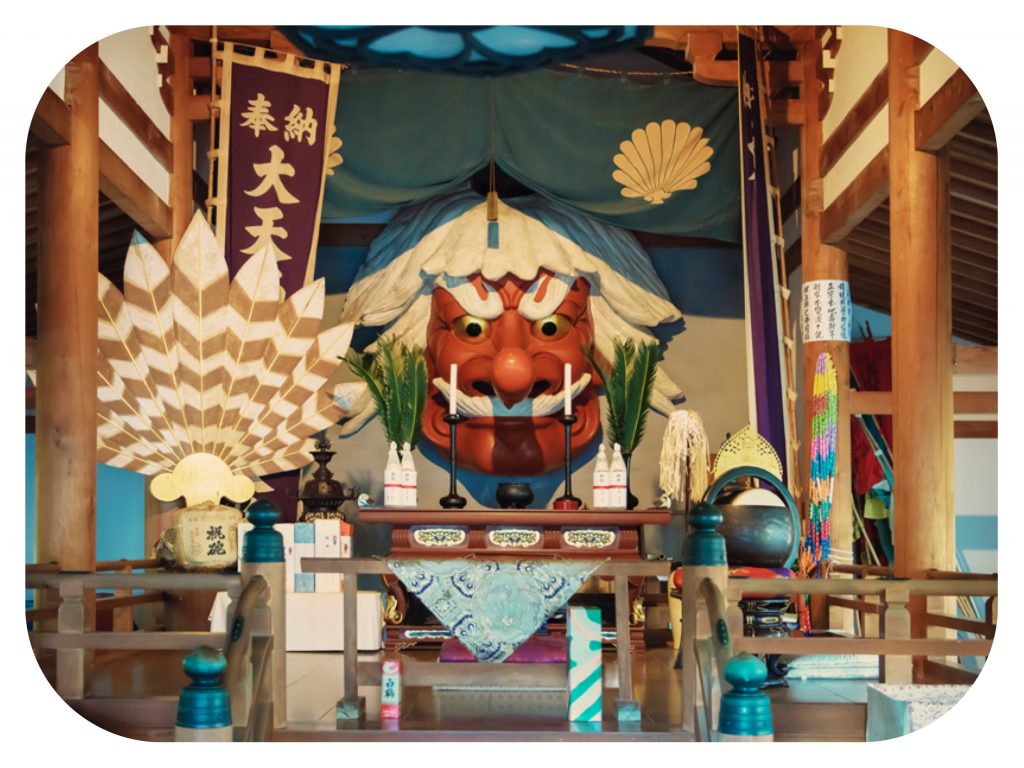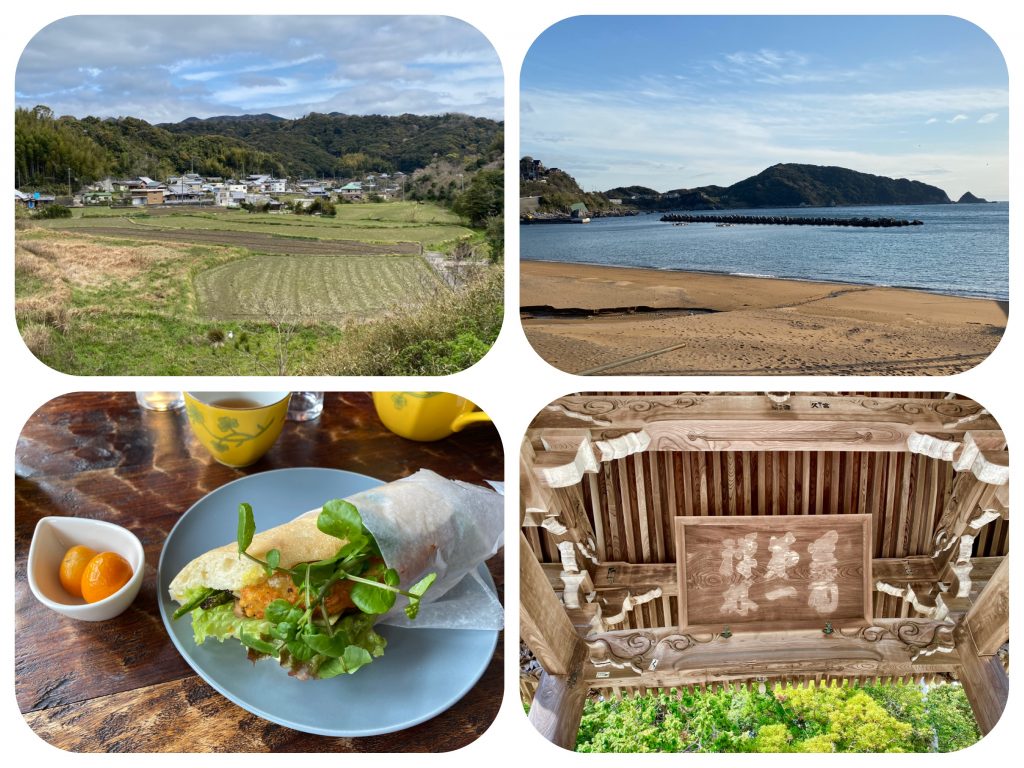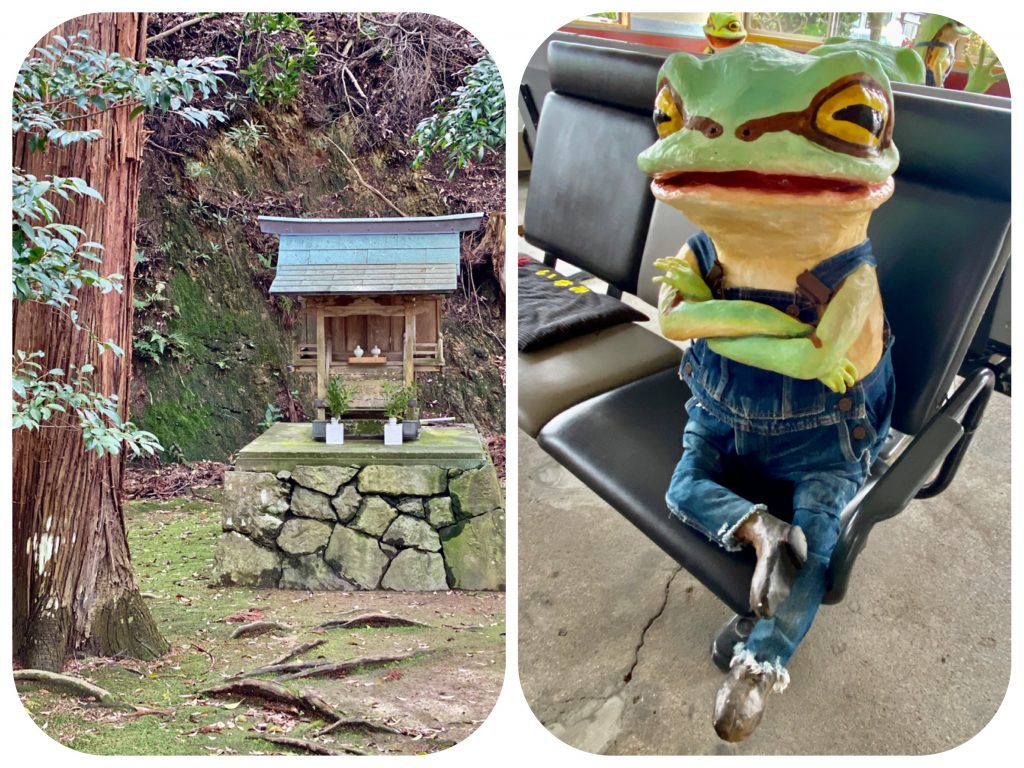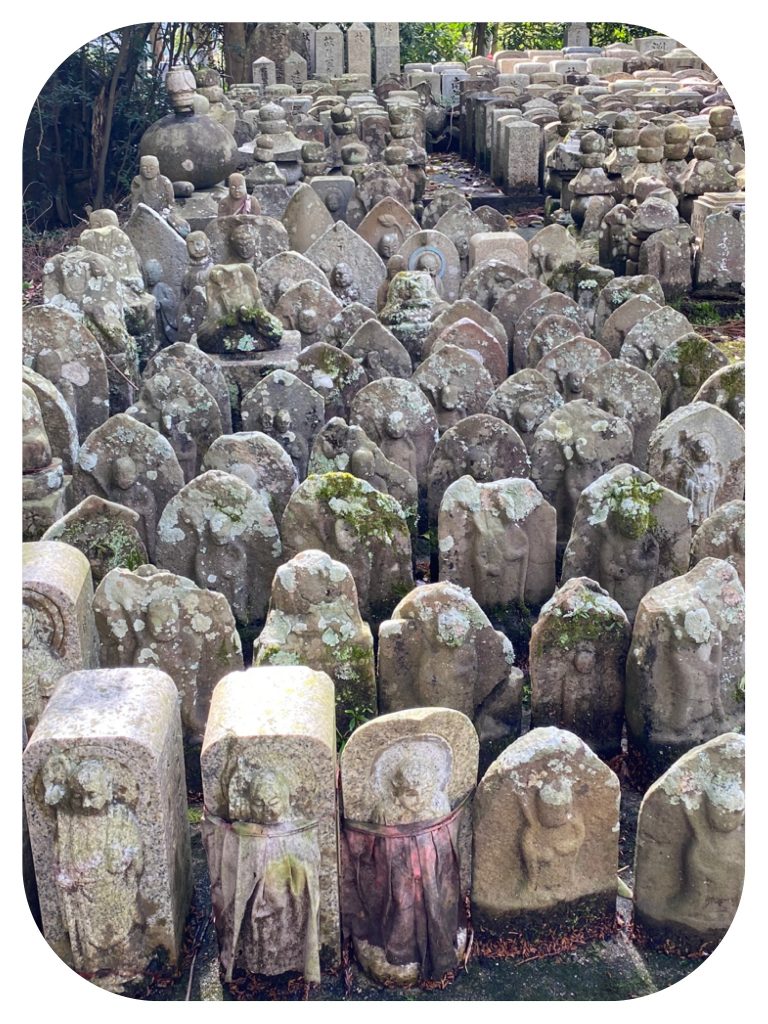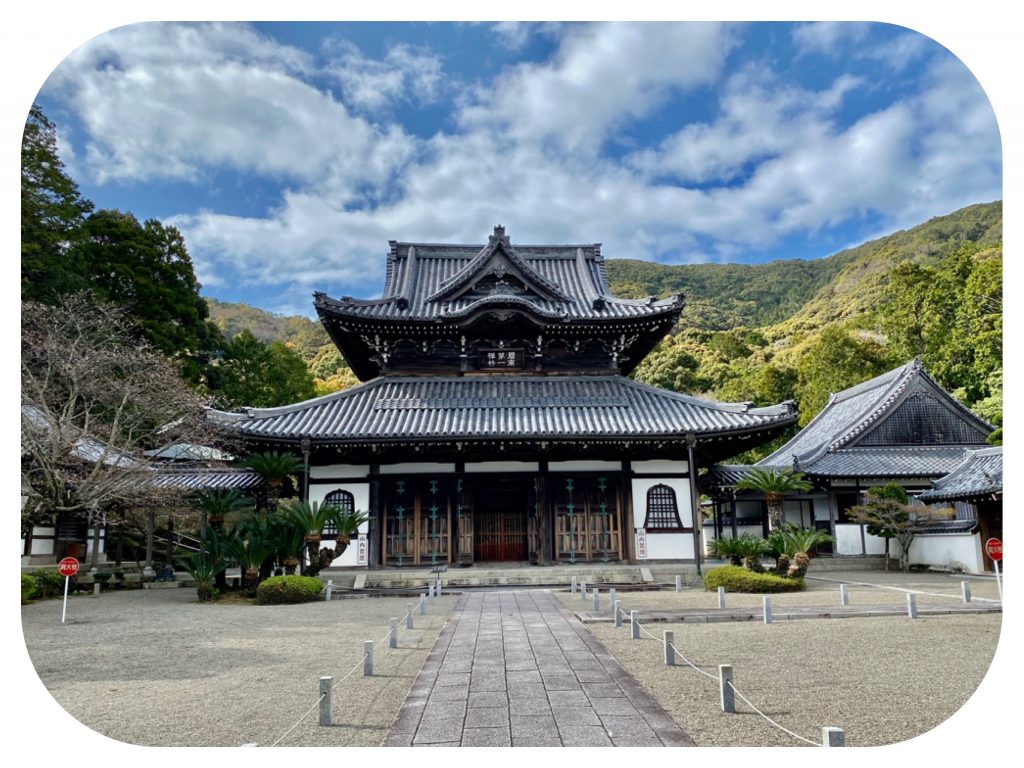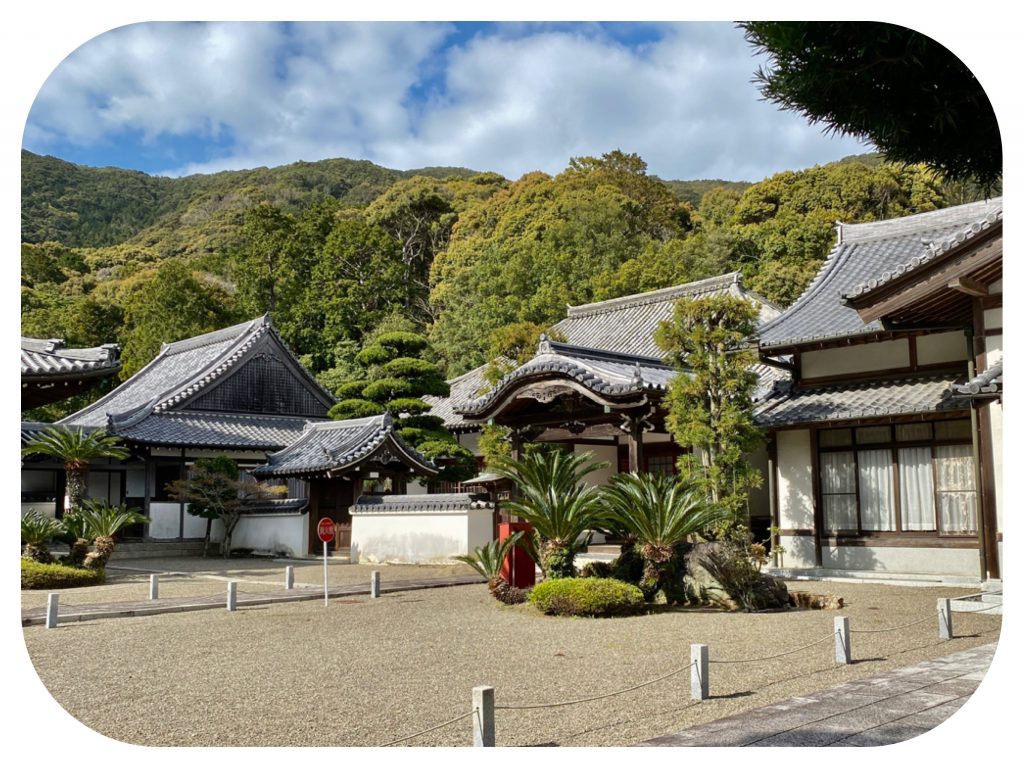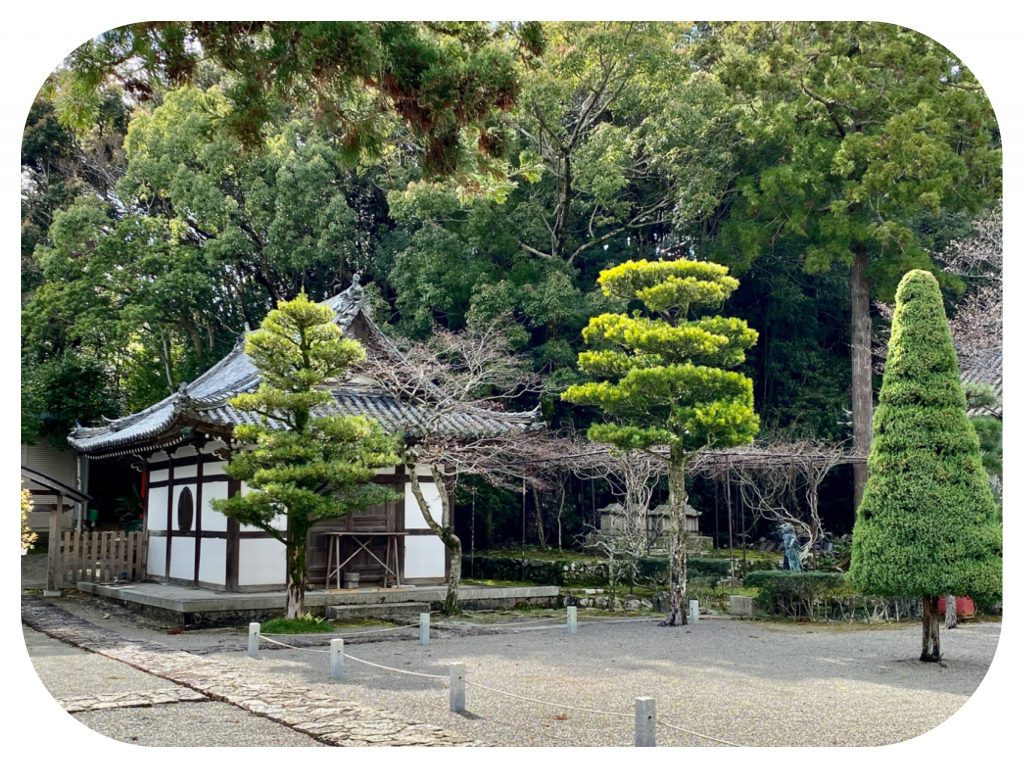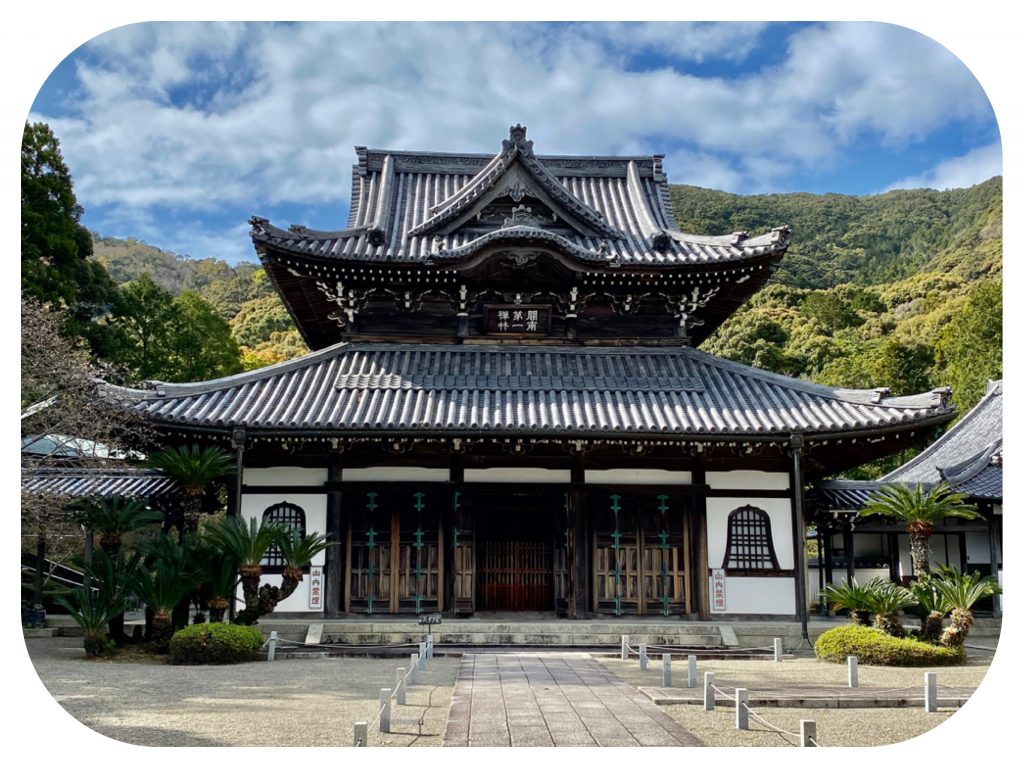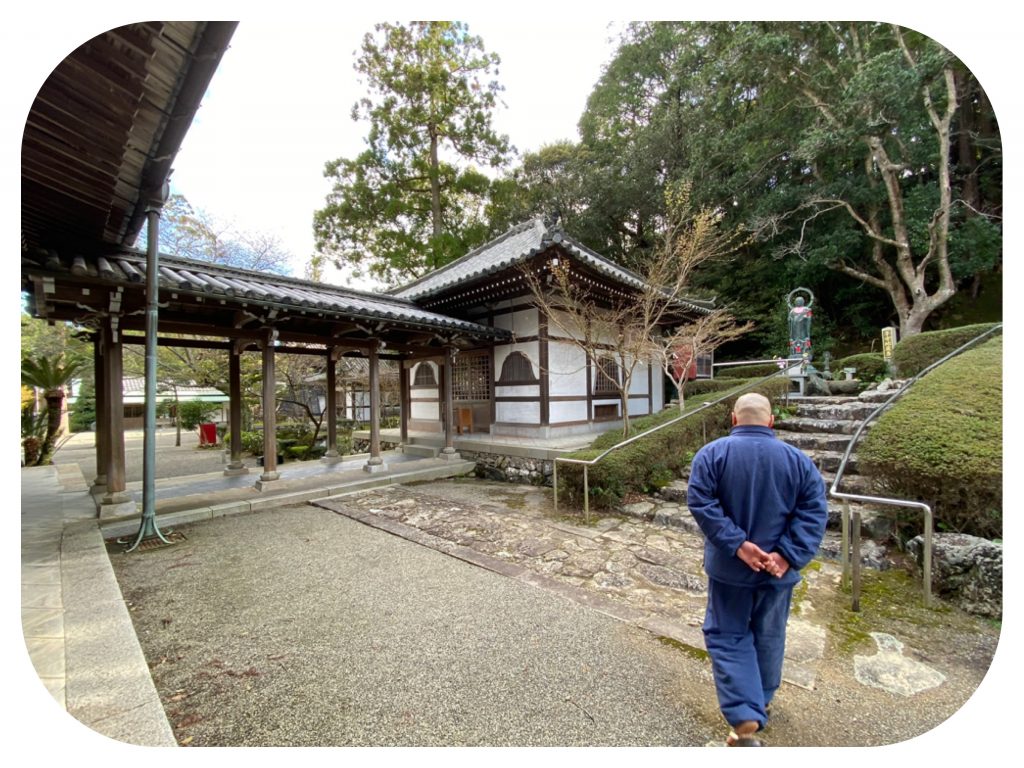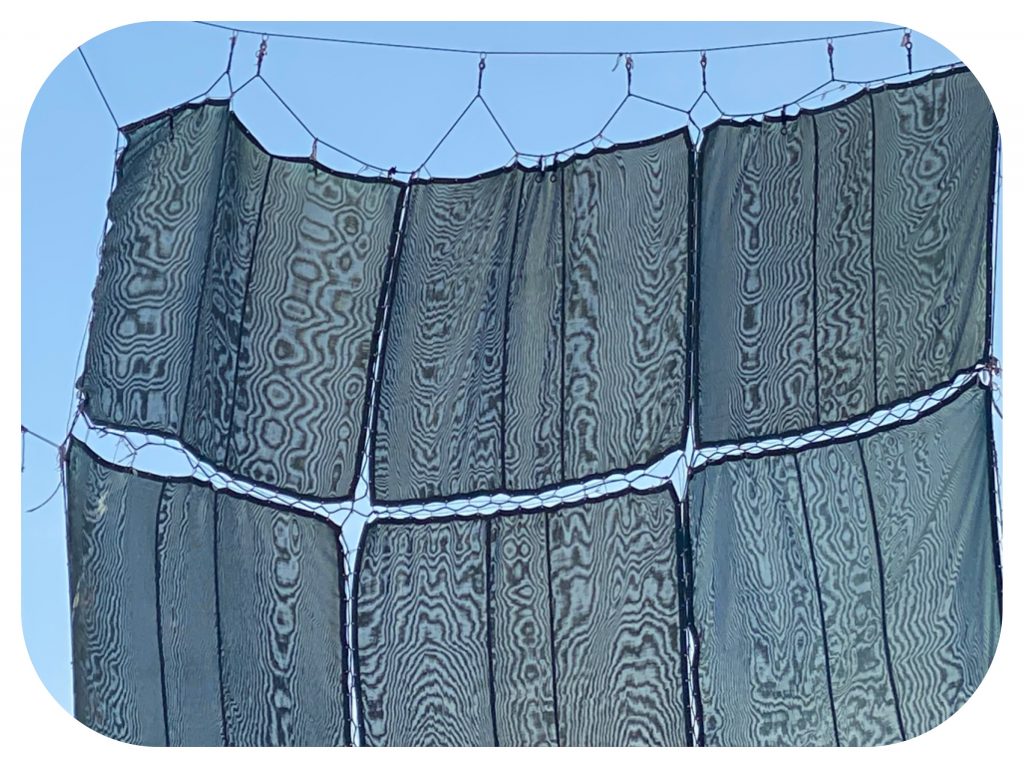Day 12 - The Road To Enlightenment - Walking The Saigoku Kannon Pilgrimage - Inami To Shirasaki Obiki, Wakayama, Japan

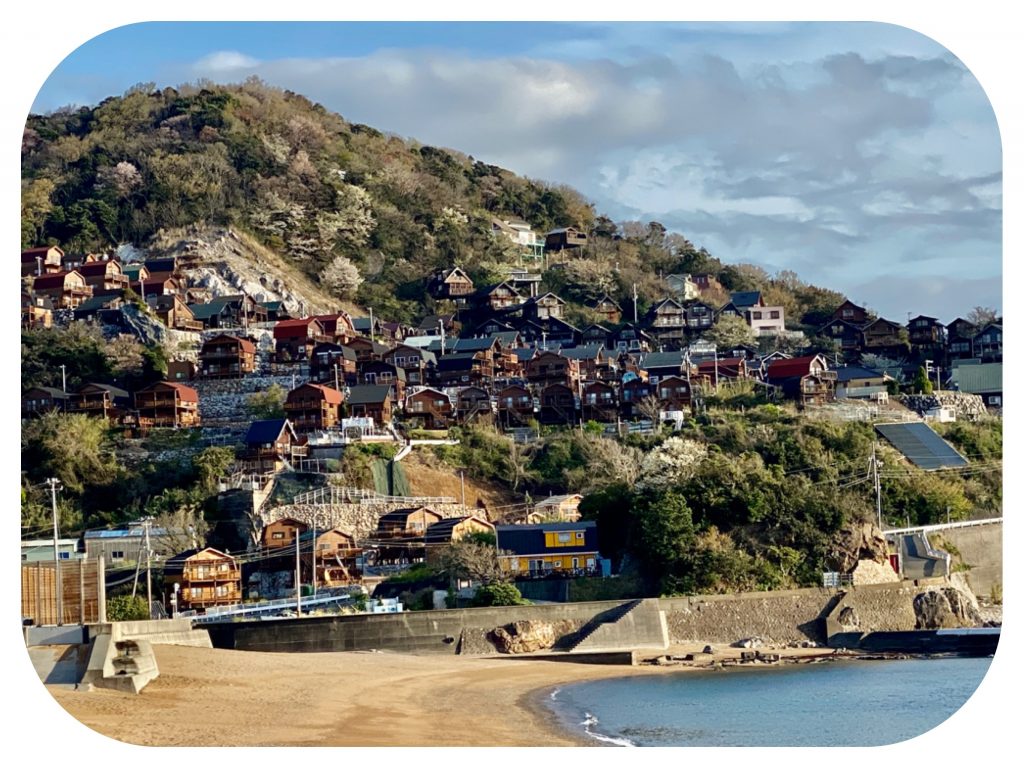

Day 12 - The Road To Enlightenment - Walking The Saigoku Kannon Pilgrimage - Inami To Shirasaki Obiki, Wakayama, Japan
Today was predicted to be another rainy day, but when we woke up this morning, the weather forecast had changed, calling for a cloudy day with a low chance of rain.
We made our weekly Skype call to my mother and sister in Florida, who are currently under a lockdown.
They were in very good moods, full of jokes and good spirits.
They told us that Sweden is like Japan, in not enforcing any lockdowns.
Yes, like Japan, they too have some coronavirus cases in Sweden, but they do not believe in disrupting lives and restricting personal freedom.
They believe that people will get immune naturally.
Jules, who verified what they said by reading the news about how Sweden is dealing with the virus, asked me what I thought about moving to Sweden.
After all, you really have to admire countries like Japan and Sweden who can think clearly in the midst of a global crisis.
We had a simple breakfast of a toast and an egg omelet, prepared for us by the hard working owner of the cafe and inn we stayed at last night.
Then we dressed warmly for the windy day, and started walking.
The town of Inami is decorated with lots of cute frogs of all sizes.
We walked on a path that almost entered a house by the road.
A graceful looking dog was tied in the garden, just a few steps from where I stood.
The big dog looked at me with quiet eyes, and said nothing.
I had never met such a non-territorial dog until today.
We were practically in his garden, but he did not even growl.
He watched us passing by as if knowing that we were meant to be there.
Outside the town of Gobō, we went to rest inside a warm café.
It was a charming place that served good and inexpensive lunches, as well as gourmet coffees.
We were not yet hungry for lunch, but we did want to rest and get out of the cold windy weather.
We ordered coffee and cake sets, and sat to enjoy their warm place.
A few more customers came in for lunch.
Two elderly ladies who seemed like good old friends, young lovers who held hands, perhaps charting their future together full of hopes and dreams....
We thought to order another hot drink, but decided to stop again in six kilometers, to have a drink at another cafe.
This would give us an opportunity to get out of the cold wind again.
The forecast in Tokyo called for a snowy day.
At least we are having mild temperatures at this time of year.
The road climbed up and up, and the cafe turned out to be a good place to eat a lunch and get hot green teas.
It is run by a young family with a young son, who is not going to school now because of the coronavirus school closures.
He told me he will return to school on April 8th, when schools in Japan will reopen.
The wife made us delicious warm sandwiches, with bread she had baked.
She improvised since they had no vegetarian sandwiches on their menu.
She used a good mustard, roasted root vegetables, sun-dried tomatoes, greens, sprouts and a slice of croquette.
It was a lovely hot sandwich for a cold day.
They refilled our pot of green tea, and gave us cookies and free kumquats.
A man who seemed related to them, introduced himself as Mr. Tamaki.
He asked us where we were walking.
We explained that we were walking the Saigoku pilgrimage, and his eyes lit up with interest.
Tamaki-San said that since we would be staying right here in Yura, we simply must visit Kokoku-ji temple, which is a very historic and important temple.
He offered to drive us to the temple, and ask the resident monk to open the Main Shrine for us.
We said that we have to walk, and very hesitantly we asked him to mark the temple’s location on the Google Maps on my phone.
The reason we were hesitant was because when you are on foot, a ten kilometer round trip detour is a LONG journey, and we still had to go to the local supermarket and buy food for our dinner, since we had not booked the dinner at our hotel.
But Tamaki-San was already on the phone to the monk at Kokoku-ji temple.
He told him to expect us by three in the afternoon, and to show us the main shrine.
It is a big honor to be shown privately the main deity and inner shrine in a temple.
Sometimes they are only open on rare occasions, or annually for just one day, so we decided that it would be unwise and unkind to pass this opportunity up.
The owner of the cafe gifted us two local oranges.
They were larger than grapefruits, but their color is deep orange, and they are sweet and delicious.
His wife offered me two bottles of water for our walk.
I thanked her but refused.
We are trying to carry as little as possible in our backpacks..
The road to town had no sidewalks, and the cars were moving fast.
The scariest part was walking through two tunnels that had no sidewalks.
We walked close together, in order to make sure the cars would see us.
We arrived in town and went straight to the supermarket to buy food for dinner.
We settled on a bento box for me, with three kinds of rice, seaweed, tofu, vegetables and a small piece of fish.
Jules took a tempura box and some seaweed rice.
From there, we walked to the temple.
Kokoku-ji was built in 1227 in memory of Minamoto no Sanetomo, an unfortunate shogun who was assassinated by his nephew.
In the years following its construction, legend has it that the temple was badly damaged by fire but reconstructed in a single night by a local mountain spirit called 'Tengu'.
The temple was originally founded as a Shingon-sect temple, and was called Saihouji temple.
It is now a Rinzai-Zen sect Buddhist temple.
It was converted to a Zen Buddhist temple in the year 1258.
The temple and the Yuasa area are famous as being the birthplace of Kinzanji-miso and shoyū (soy-sauce).
Normally, the temple treasures are kept secret, but because Tamaki-San had arranged for our visit, we went to meet Sō-Ken, the monk who opened the main shrine for us.
On the left sat a large, beautiful golden statue of the goddess Kannon.
In the middle was a beautiful statue of Shakyamuni Buddha.
Above us the ceiling was painted with a stunning dragon.
To the right of Shakyamuni Buddha was the statue of a famous samurai.
As we walked around the temple’s buildings, Sō-ken the monk told us that he too, had walked the Shikoku 88 temple pilgrimage.
He walked it last June, and it took him just 45 days.
We exchanged some experiences from the pilgrimage, as he opened the Zazen meditation hall for us.
Sets of cushions lined the small hall, and a long wooden staircase opened up to a statue of the Buddhist monk Shinchi Kakushin, who was the head of the temple in the 1250’s.
Soy Sauce was originated in China, and then brought over to Japan by this Buddhist monk Kakushin, who settled down in current-day Wakayama Prefecture in 1254.
Using the abundance of clear, spring water from the town of Yuasa he began producing a type of miso that he had learned about on his travels, that was used to preserve vegetables.
A byproduct from this process was a liquid that collected in the barrels of the miso paste and is now known as soy sauce.
The temple used to be the home of little known Zen monks who wore bamboo baskets on their heads, and played long bamboo flutes called Shakuhachi.
The monk described the Zazen meditation training as it is practiced in this temple.
They do not speak for one week, and sit in meditation for hours every day for one week.
We compared notes about the Vippasana meditation training which I did twice, and agreed that it is very similar.
Afterwards, we entered the Tengu hall.
The huge red face of the Tengu Mountain Spirit covered the wall in front of us.
It is the biggest Tengu face in Japan, said the monk.
It was impressive and beautiful.
The Tengu Festival is held every January on the Coming of Age Day, and a big Fire Festival is held here on August 15th of every year.
Both festivals always draw large numbers of visitors. We then put on our backpacks.
Sō-Ken told us that he had never met anyone who was walking the Saigoku pilgrimage, because it is spread across a very large area, which is not convenient for a long walk.
We thanked the monk very much, and left the beautiful temple’s grounds.
It was getting late, and we still had about two hours of walking to get to our hotel on the other side of a very tall mountain.
Initially, I intended to walk on the coastal road around the mountain, but it was an extra five kilometers and we wanted to arrive before sunset.
So we climbed up the mountain road.
It was a good climb, and we were happy to get to the top, where we could see the other side of the fishing village and port.
The village looked big, but had no places to eat, and we were glad that we had come prepared and had brought our dinners with us.
Our hotel is up a steep hill, and we were the only guests tonight.
The hotel’s manager looked almost surprised to see us.
Perhaps she thought we would not be coming because of the virus, and had forgotten to cancel.
The booking website collected the payment ahead of our arrival.
But she was kind and filled the hot spring bath for us, showed us our room and how to operate the kitchen to warm up our food.
She also showed us the laundry area, and we washed our clothes and took a long shower and a soak in the hot bath together.
Then we ate our dinners and the big oranges that we were gifted.
The room is more like a big old apartment, with views of the harbors on two sides.
I can see the road we will walk tomorrow, as we continue our walk towards Wakayama city.
I tried to text Tamaki-San a thank you note for calling the head monk of Kokoku-ji temple for us, but the number on his card did not work.
In fact, his card was almost mysteriously Zen.
It said: “Lumbini - Representative” Mr. Tamaki and his phone number.
Lumbini is the birthplace of the Buddha in Nepal, and there is no business that I could find in this area of Japan under that exact name.
Mmmmm.....
We are grateful to Mr. Tamaki for his kindness, and had a very good day on the road today.
Before we departed the cafe where we met Mr. Tamaki, he held and shook both our hands.
He said he had washed his hands carefully and that he does not have the virus.
I can clearly see that the Japanese people are split between those who are terrified and are looking at us with suspicious eyes, and those warm hearted people whose hearts are open and whose minds are kind....
With love and blessings,
Tali
Daily stats:
Steps walked - 32,275
24 km. walked
Active walking time - 6 hours
Total walking time today - 7.5 hours.
Total walking distance on the Saigoku to date - 210 km
Temple Visited:
Kokoku-ji Temple in Yura, a beautiful Zen Temple and the place where miso and soy sauce originated in Japan.
Not part of the Saigoku pilgrimage but most definitely worth visiting.
